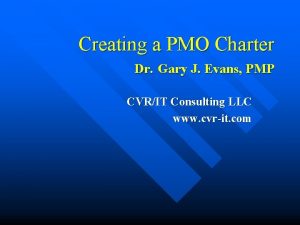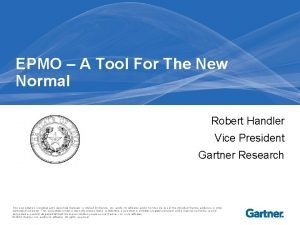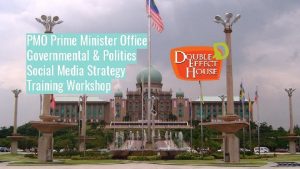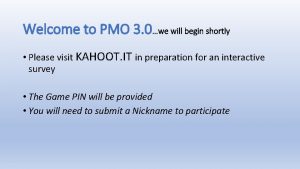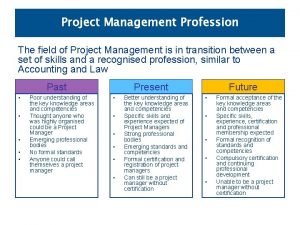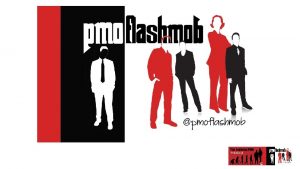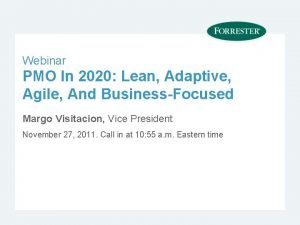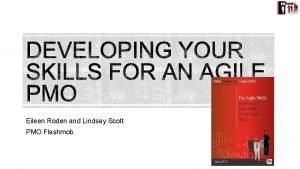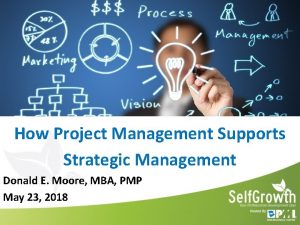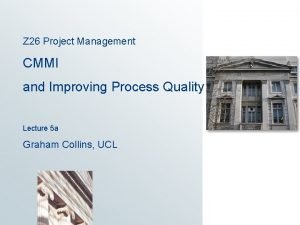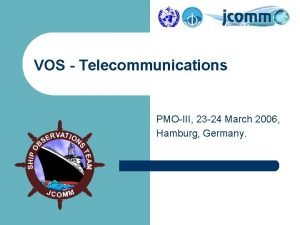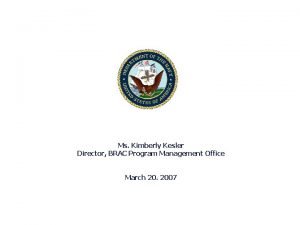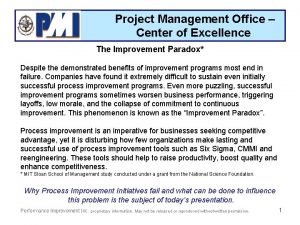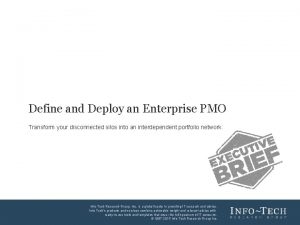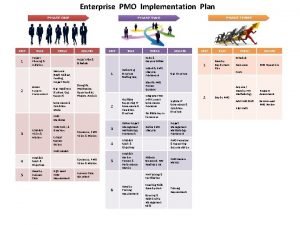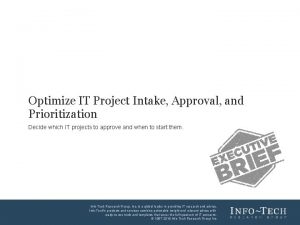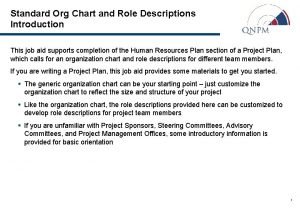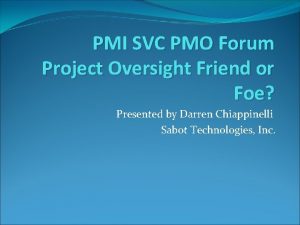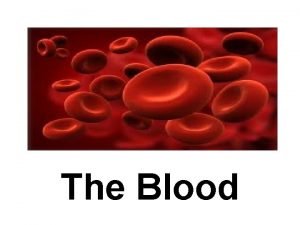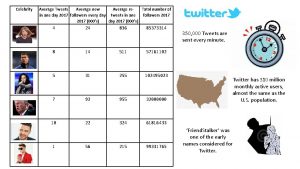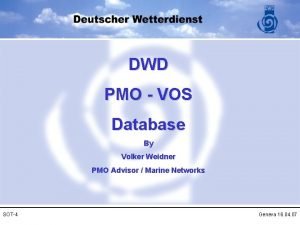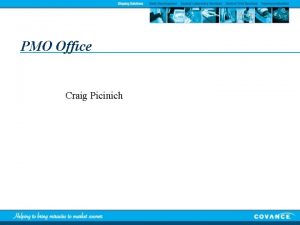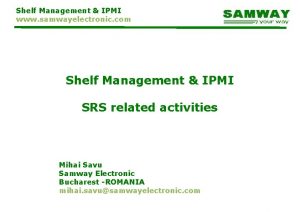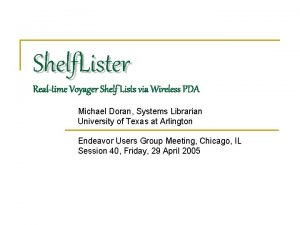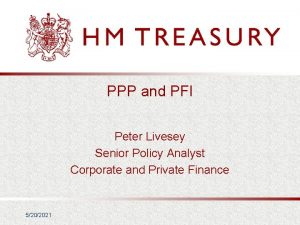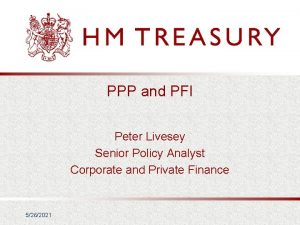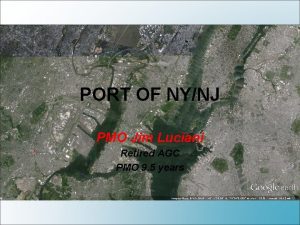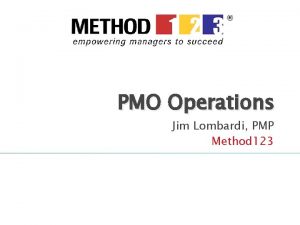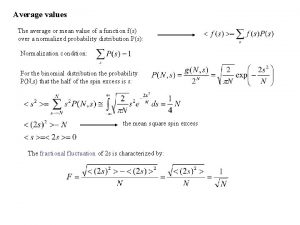Jim Livesey A PMO has an average shelf















![Agreement Disagreement How stable is the environment you operate in? [2] “Selling” – buy-in Agreement Disagreement How stable is the environment you operate in? [2] “Selling” – buy-in](https://slidetodoc.com/presentation_image/05047ea50660cc23dd43925141281355/image-16.jpg)












- Slides: 28



Jim Livesey

A PMO has an average shelf life of 3 to 5 years? • Where do they go? • Are they re-invented, do they evolve? Or Do they cease because they were transitory and the project they support has delivered.


A PMO Is Many Things Project Control Office Directorate PMO POP UP PMO Project Management Office Project Support Office IT PMO Enterprise PMO Programme Management Office Centre of Excellence Portfolio Management Office PMO as a Service e. PMO

A PMO Journey Benchmarking P 30 Specialist v Generalist PMO Charter Right level of maturity for the business Assurance PPM Methodology Improving Capabilities Standards & guidelines Processes Enhanced PMO support to Projects Consolidated reporting Governance Forums Basic PMO support to a Project You may have just started or you may be a long way on your journey either way numerous things help to shape and determine your pmo.

Improve Delivery New Vision A wide range of factors influence your direction. Organisation Changes Cost savings Drivers Of Change New Technology How do you adapt and evolve? Industry Changes Flavour of the Month Tooling

EVOLVING PMO The need to adapt, change, and evolve is constant with a PMO. But, how do you know which is the next step? s itie l i b a Cap Governance 5 Governance Processes Processes 3 2 Competencies Projects Role s&R Programme espo nsib ilitie Portfolio s Framework Lifecycle Identify a path, implement, check along the way, and course correct as necessary. 4 1 0 PPM/PMO Maturity Level Numerous ways of evolving are open to you.

Gartner Identifies Seven Best Practices for an Effective PMO 1. 2. 3. 4. 5. 6. 7. Acquire the right people, knowledge, skills and collaborative behaviours Identify and execute high-impact, high-visibility initiatives Report on what the business really cares about Build a framework that shows how the PMO aligns with strategic enterprise objectives Provide senior managers with simple, unambiguous information Highlight the PMO’s achievements Evolve the PMO to support bimodal IT and digital business I’d add four others to the above: • Continue to improve the fundamentals that support successful delivery of projects • Be a partner, an advocate, and driver for success • Retain an independent view • Know where you are now and where you want to be

Exercise: We have looked a range of different ways of evolving PMO. Are we getting to a position that we need a more generic approach? In teams, please would you discuss and feedback: “The Pros & Cons of a generic model for evolving PMO”

Candice Warnock

Can we “not” change?

One Model Fits All?

The SG ecosystem Economy Public Politics Executive Team People Board Assurance & Audit Ad Hoc / Temp Programme Offices Place Board Performance & Priorities Board Exchequer Governance Ad Hoc / Temp Project Offices Methodologies & Technologies PPM Co. E Finance Health & Social Care Economy Learning & Justice Communi ties Strategy 6 x Coordination and Business Support Teams ET Business Hub
![Agreement Disagreement How stable is the environment you operate in 2 Selling buyin Agreement Disagreement How stable is the environment you operate in? [2] “Selling” – buy-in](https://slidetodoc.com/presentation_image/05047ea50660cc23dd43925141281355/image-16.jpg)
Agreement Disagreement How stable is the environment you operate in? [2] “Selling” – buy-in strategies, change agents, persuasion, negotiation, RTSC [1] “Telling” – rational decision making, classical PPM, org development Certainty [5] “Cocreating” – methods and approaches that maximise the management of [4] “Edge of Chaos” – avoidance, disintegration knowledge, resources, and the utilisation of passion and responsibility [3] “Consulting” – scenarios, leadership, intuition, learning orgs, systems thinking Uncertainty

Maturity Stage 5: strategic alignment Centre of Stage 4: business maturity Expertise Stage 3: support Advanced • Direction and PMO influence for Standard Stage 2: control enterprise • Focuses on PMO project integrating management Stage 1: Basic PMO • Improves PM business objectives into • Manage capabilities sight Project PM continuous and maturity • Provides Office environment improvement standard and • Discreet project offices • Applies project management techniques • No programme level authority repeatable methodology for all projects • Develops common tools for all projects • Emphasises the foundation of a viable PM environment • Introduce projects reporting tools and collaboration techniques • Interfaces between the business, executives and project teams • Full set of PMO functions in use • Applies common practices to projects and business • Best/leader in PM practices and tools • Can be a separate business unit • Advanced staffing and crossdepartment collaboration to achieve strategic business goals • Builds relationships with customers, stakeholders and vendors • Oversight and control to other PMO units

INFORM Establish regular and accurate project reporting to provide early warning management information. Functions GOVERN Build and implement best practice project governance proportionally and continue streamlining bureaucracy. ASSURE Provide independent challenge to projects. Assist in identifying and managing cross-project dependencies. SUPPORT Assist coach and mentor project teams and become a centre for knowledge and learning. STANDARDISE Standardise methods, tools, techniques, processes and measures for consistently successful projects.

External Factors • Digital - new ways of: • • Delivering services Interacting with customers / stakeholders Collaborating Learning Communicating Capturing, storing and presenting information Accessing information Working

Top Ten Trends for PMOs in 2016 http: //pmoflashmob. org/top-ten-trends-in-pmo-for-2016/ 1. PMOs must secure the tools they need to do the basic job 2. PMO teams will recruit data analysts 3. Getting to grips with programme management 4. Methodology makeover 5. Further practices in portfolio management 6. Measures and metrics – showing why PMO is needed 7. Picking off the services that mean the most for the business 8. Making business cases for additional capacity and capability 9. Understanding the true skillset required for where you’re heading 10. Making relationships with other departments

We Must Reinvent Themselves for the Future

What kind of capability do we need? Translator Thinker Engineer Socialiser Pioneer

Is the PMO ready and able to evolve?

Do what you can With what you have Where you are Theodore Roosevelt

Communities of Practice

Exercise

Exercise: Stop Do more Start

 Differentiate between average speed and average velocity
Differentiate between average speed and average velocity Pmo charter
Pmo charter Donna fitzgerald gartner four styles of epmos
Donna fitzgerald gartner four styles of epmos Estructura organizacional de una pmo
Estructura organizacional de una pmo Pmo arboned
Pmo arboned Pmo social media
Pmo social media Pmo 3
Pmo 3 Pmo skills and competencies
Pmo skills and competencies Gartner pmo trends
Gartner pmo trends Pmo brand
Pmo brand Adaptive pmo
Adaptive pmo Pmo flashmob
Pmo flashmob Throughput model pmo
Throughput model pmo Pmo value ring
Pmo value ring Conclusiones de software
Conclusiones de software Pmo vision statement examples
Pmo vision statement examples Pmo capability maturity model
Pmo capability maturity model Pmo
Pmo Brac pmo
Brac pmo Kpi in agile
Kpi in agile Pmo center of excellence
Pmo center of excellence Epmo definition
Epmo definition Organigrama de una pmo
Organigrama de una pmo Enterprise implementation plan
Enterprise implementation plan Project intake process presentation
Project intake process presentation Pmo org chart example
Pmo org chart example Pmi svc
Pmi svc Responsibilities of a test manager
Responsibilities of a test manager Cbc and differential
Cbc and differential

